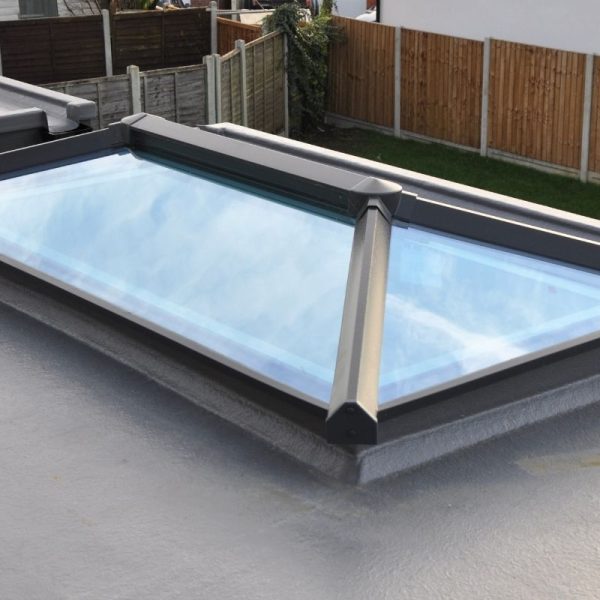Step 1 – first things first. We start to remove the tiles from the roof and load them out onto the scaffolding, to snare your garden is free of clutter. Weather permitting we can sometimes take an entire side off at a time, if the sky is threatening rain, we will only take off small sections to ensure we can cover it all back in should it begin to rain.
Step 2 – when all the tiles, including any ridge or hip tiles have been removed we are left with the lath batons, this is what your tiles are hooked on and will all need to be removed in order to access your felt! When all the batons have been stripped the old nail fixings often stay in place in your roof rafters, these all have to be removed to a void any lumps, bumps or tears in your news felt.
Step 3 – As long as your roof rafters are in good condition (the vertical wooden beams) we are now left with an acceptable blank canvas ready for your new roof! At this point we take all necessary measurements from the area and calculate the tile gauges and most suitable way to start and finish the roof
Step 4 – we lay out our new breathable felt membrane across the width of the roof and secure it down with large headed clout nails, it is then also secured by the new treated lath batons. This continues up the height of the roof overlapping the felt on top of one another with generous laps. We continue to measure the gauge on the laths across the entire width so your tiles when laid are perfectly level!
Step 5 – finishing touches! We cut back any overhanging batons depending on which verge system you opt for, we assess the ridge line and decide wether it needs building up in new timber for a dry ridge system and we clean off your new felt ready for laying
Step 6 – we can either re-use your old tiles (as long as they have substantial life left) or lay new tiles, either way these are laid onto your new water tight roof, and we cut them on site if need be to your roof verge. We then lay your ridges and verges sand your good to go!

